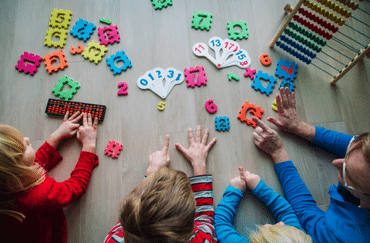BLOG

With Martin Luther King, Jr. National Day of Service coming up, it’s a good reminder of the importance of giving back. On top of benefitting the community and others, community service can also support your child’s development and enhance their sense of good citizenship.

Looking for fun and enriching after-school activities for kids? Discover engaging program ideas that promote creativity, learning, physical activity, and life skills.

The holiday season is upon us and with that comes a long stretch of time with kids out of school. If you can already hear echoes of, “I’m bored,” “There’s nothing to do,” or “Can we watch TV,” this blog post is for you.

Explore effective tips and strategies for developing problem-solving skills in kids, fostering critical thinking, creativity, and resilience in everyday challenges.

Curiosity is a natural (and important) trait in children. It drives them to explore, experiment, and learn about the world around them. STEM activities at home are a great way to embrace and tap into their curiosity and help nurture their sense of lifelong learning.

Research shows that family members can accelerate a student’s social-emotional development by reinforcing and modeling the same SEL skills and competencies that are taught in the classroom.
